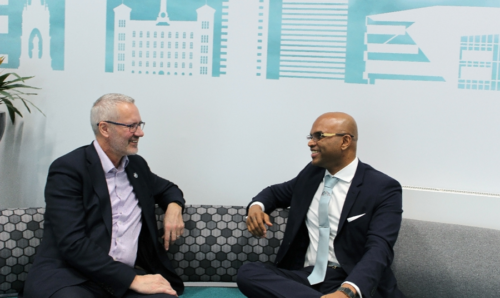
FACTS: The Startup Philosophy Powering Graphene Innovation
Graphene Engineering Innovation Centre 27 March 2025
At the University of Manchester, innovation isn’t just a buzzword—it’s embedded into the ecosystem we nurture across our research centres and industry partnerships. A standout example of this is the journey of Dr. Vivek Koncherry, CEO of Graphene Innovations Manchester (GIM), and his journey from concept to global scale-up, supported every step of the way […]

Pioneering the Future of Renewable Energy: An Insightful Conversation with Dr Marcelo Lozada-Hidalgo
National Graphene Institute 27 November 2024
In recent years, the field of nanomaterials has captivated scientists worldwide, particularly in the pursuit of renewable energy solutions. At the heart of this groundbreaking research is Dr Marcelo Lozada-Hidalgo, a physicist whose work with graphene-based membranes is pushing the boundaries of what’s possible in energy conversion and storage technologies. Marcelo’s work on graphene-based semiconductor […]
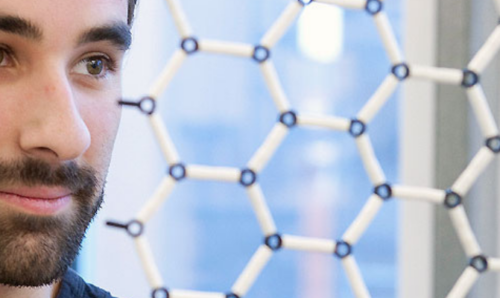
Unlocking the potential of 2D materials: introducing the new 2DMoT CDT
CDT 16 October 2024
The University of Manchester, birthplace of graphene, is launching the Centre for Doctoral Training in Two-Dimensional Materials (2DMoT CDT). This cutting-edge programme addresses a critical gap in the UK – a pipeline of highly skilled scientists and engineers to push the boundaries of 2D materials research and take the country to the forefront of global […]
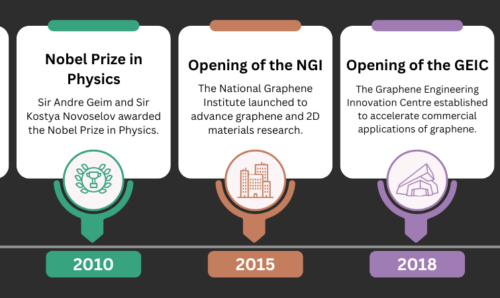
Graphene’s 20: 20 seminal moments in 20 seconds
Thought leadership 15 October 2024
We’ve been talking a lot about the 20th anniversary of the isolation of graphene, and so the key moments along that wild journey have been on my mind. To celebrate that, although many to choose from, here are my 20 seminal moments. This isn’t ranked in any order, but wow – 20 years gives you […]
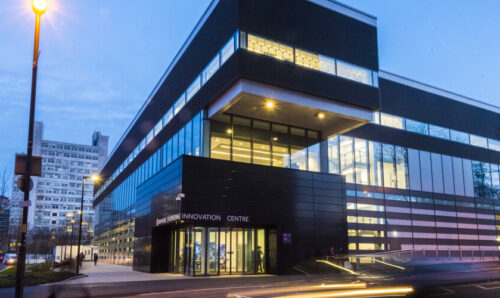
Manchester’s unique graphene model
Thought leadership 15 October 2024
Why would over 400 companies trust in the ‘Graphene@Manchester Model’? Well, if you ask them, they’ll say it’s because our industry-led, academic-fed approach offers something that nowhere else does – “we make graphene work for industry”! So, let me take five minutes of your time to a) persuade you that that’s true, and b) show […]
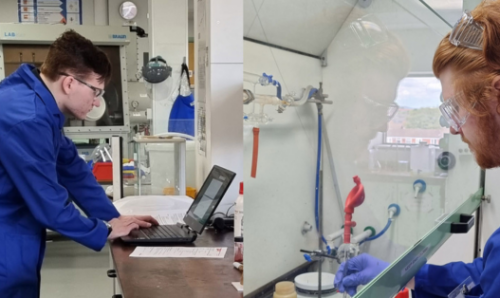
First-Class Apprenticeships at Manchester’s Graphene Engineering Innovation Centre
Graphene Engineering Innovation Centre 13 August 2024
We’re thrilled to celebrate the recent achievements of two of our outstanding graduates from the Graphene Engineering Innovation Centre (GEIC). Sam Davies and Thomas Sherratt have both successfully completed The University of Manchester’s Technical Apprenticeship programme, earning First-Class Honours degrees in Chemical Science. We caught up with them to congratulate them on their success and […]
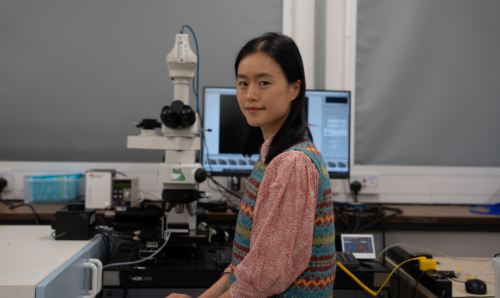
A Day in the Life… Dr Qian Yang Royal Society Research Fellow in Advanced Materials
National Graphene Institute 1 March 2024
We spoke to Dr Qian Yang, Royal Society Research Fellow in The University of Manchester’s Advanced Materials team. Manchester’s Advanced Materials team focus on solving some of the world’s most critical problems, by developing new and existing materials for the future. As the birthplace of graphene, the revolutionary one-atom thick material, Manchester researchers lead the […]
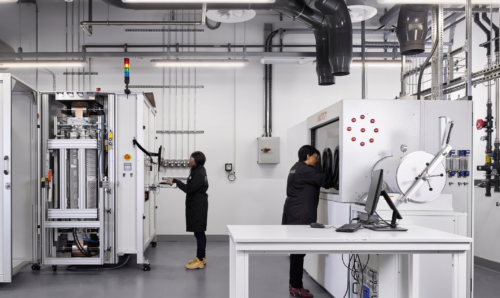
Industry-led, academic-fed: The Manchester innovation model
Thought leadership 19 December 2023
Originally posted by James Baker on LinkedIn Over the last five years, there’s been a lot of government interest in our Graphene Engineering Innovation Centre model. I think it’s because, while we are 100% owned by The University of Manchester, we are different to a catapult. Firstly, we’re almost 100% industry funded, which gives us […]
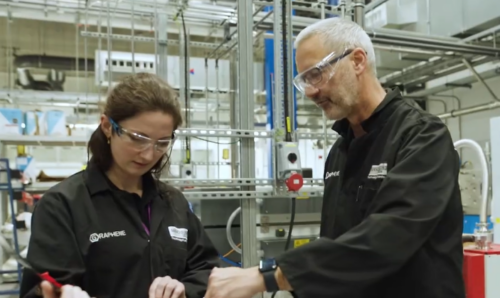
150+ ‘graphenes’ at your disposal: today, it’s the application that decides the material.
Thought leadership 13 December 2023
Originally posted by James Baker on LinkedIn The isolation of graphene in 2004 was a seminal breakthrough. Pioneers Sir Andre Geim and Sir Konstantin Novoselov sparked a global science revolution – a continued journey of discovery producing a range of breakthrough applications – from graphene-enhanced concrete that reduces CO₂, to a revolutionary hydrogel for vertical farming, […]

Manchester: the global capital for graphene knowledge
Thought leadership 13 December 2023
Originally posted by James Baker on LinkedIn Twenty years on from the isolation of graphene, The University of Manchester remains a world leader in 2D materials innovation, and increasingly our partnership work is global, as companies and institutions come to access knowledge sharing and expertise. Firstly, our focus on sustainability has made us a go-to […]

